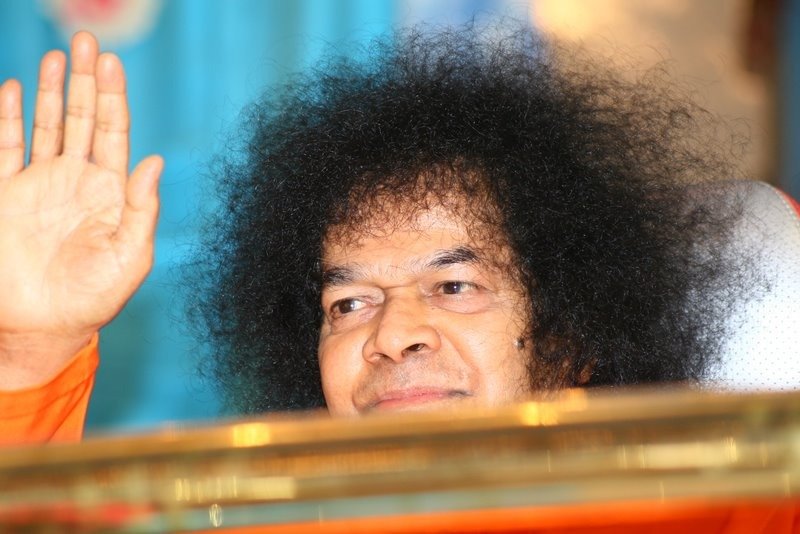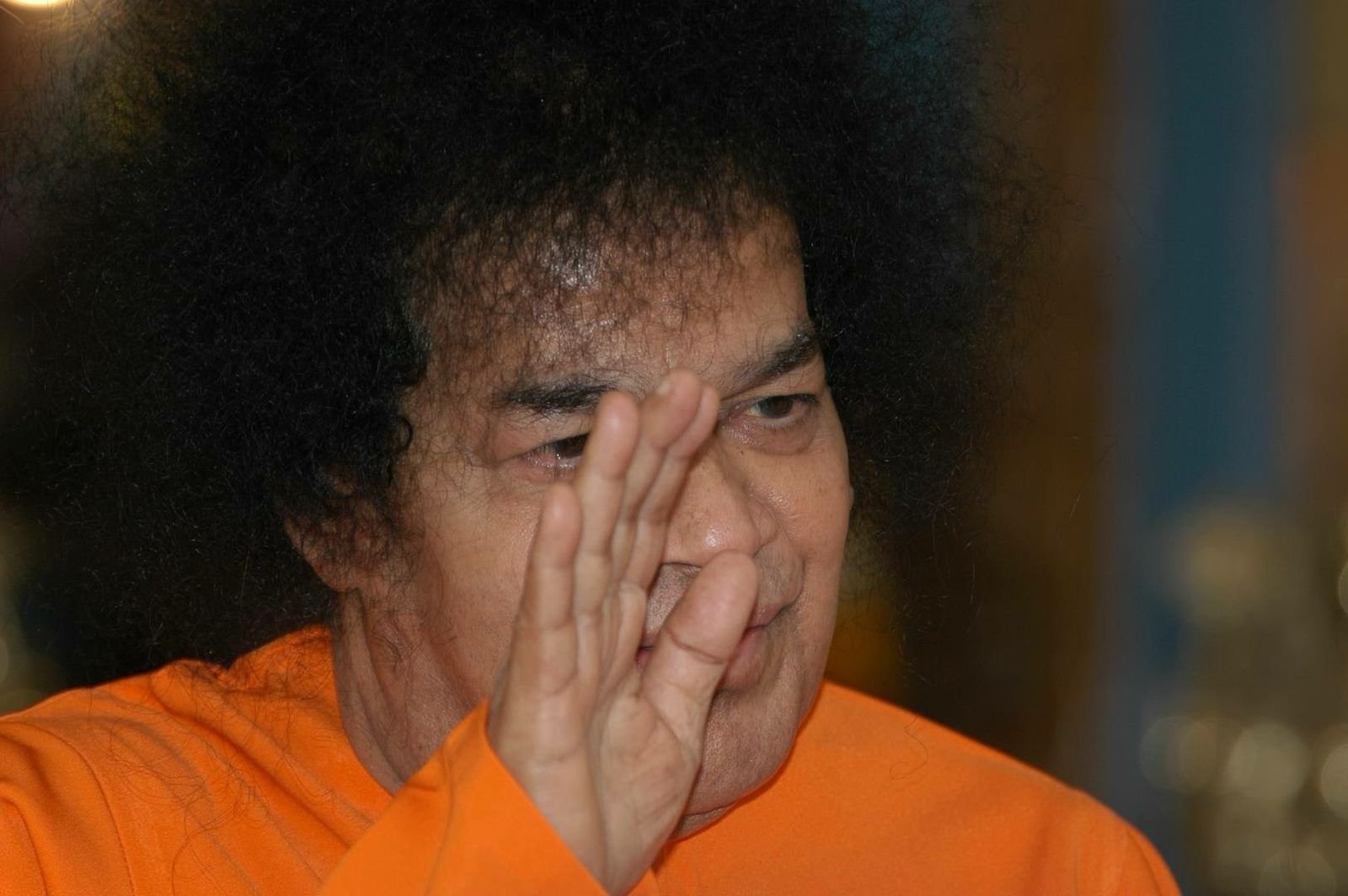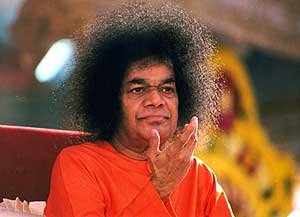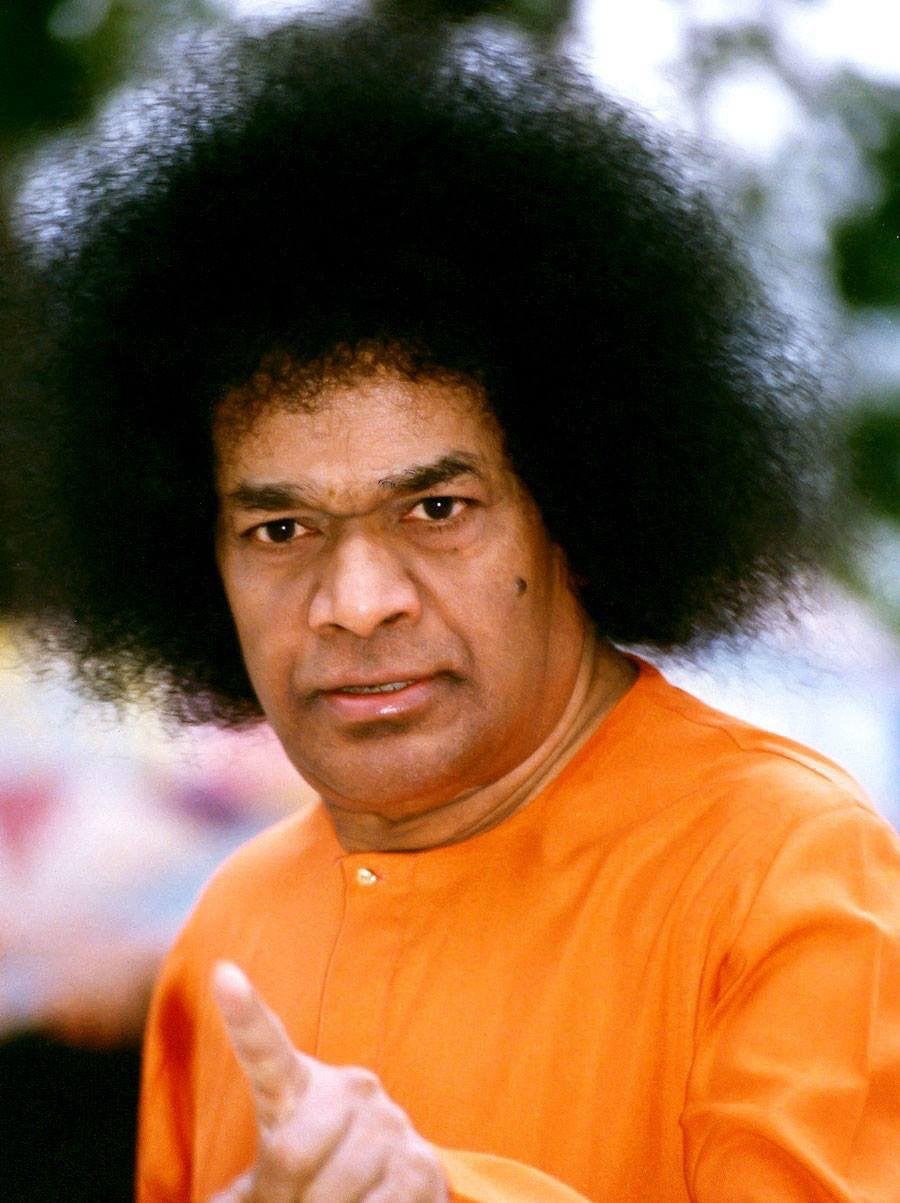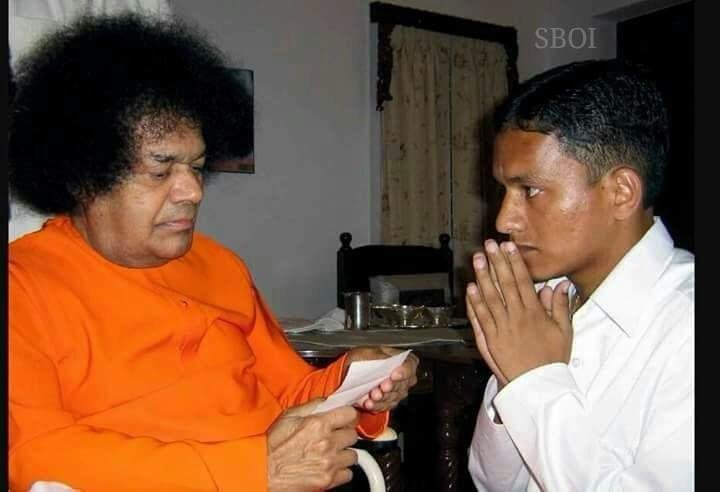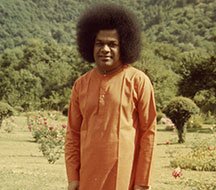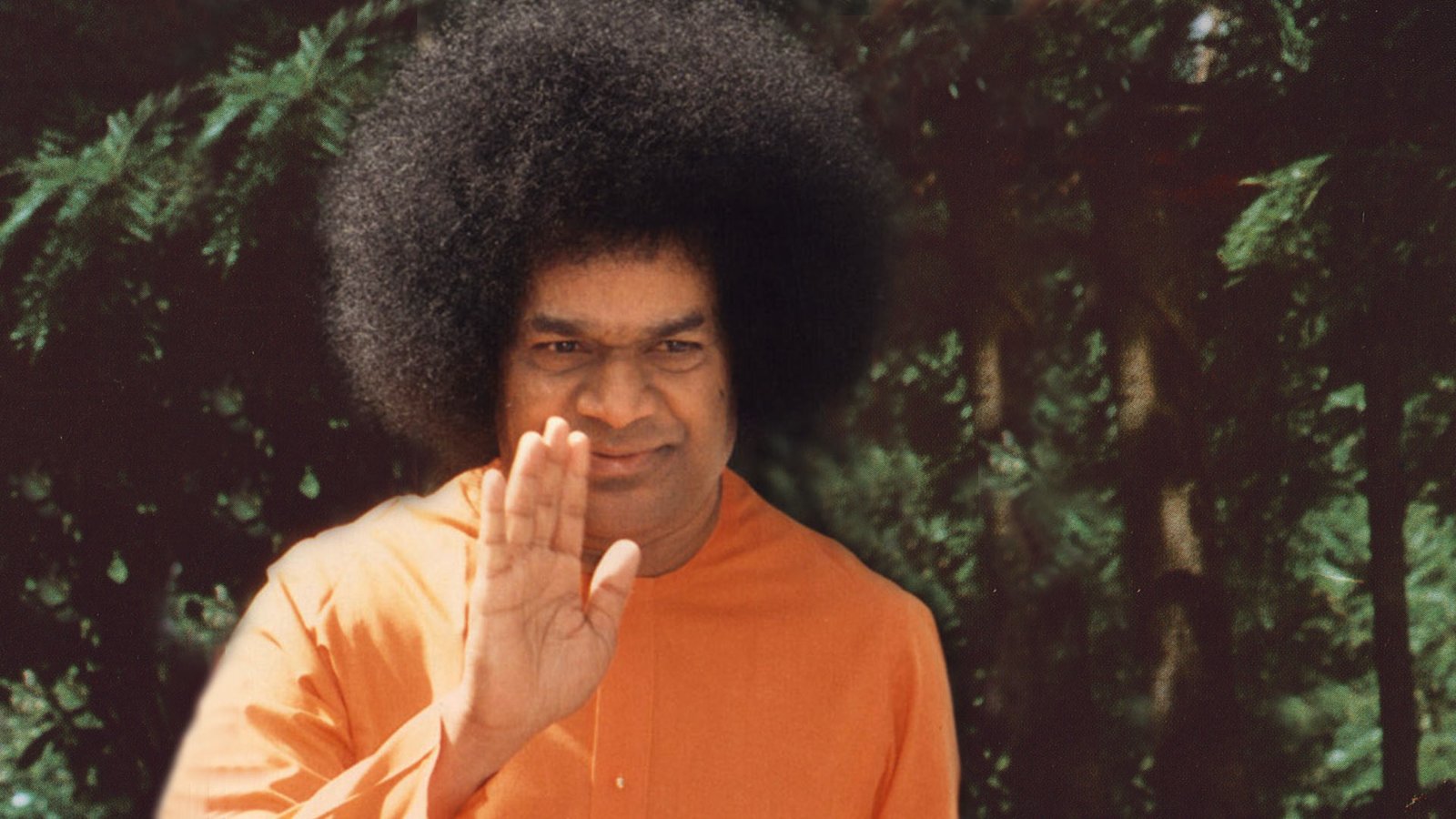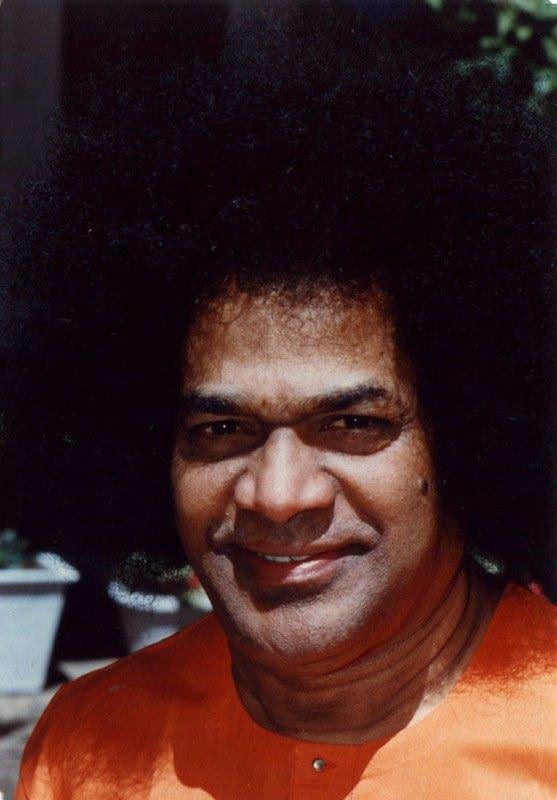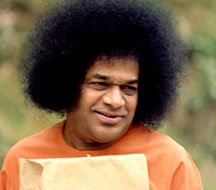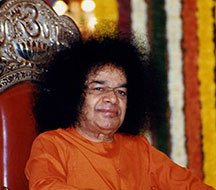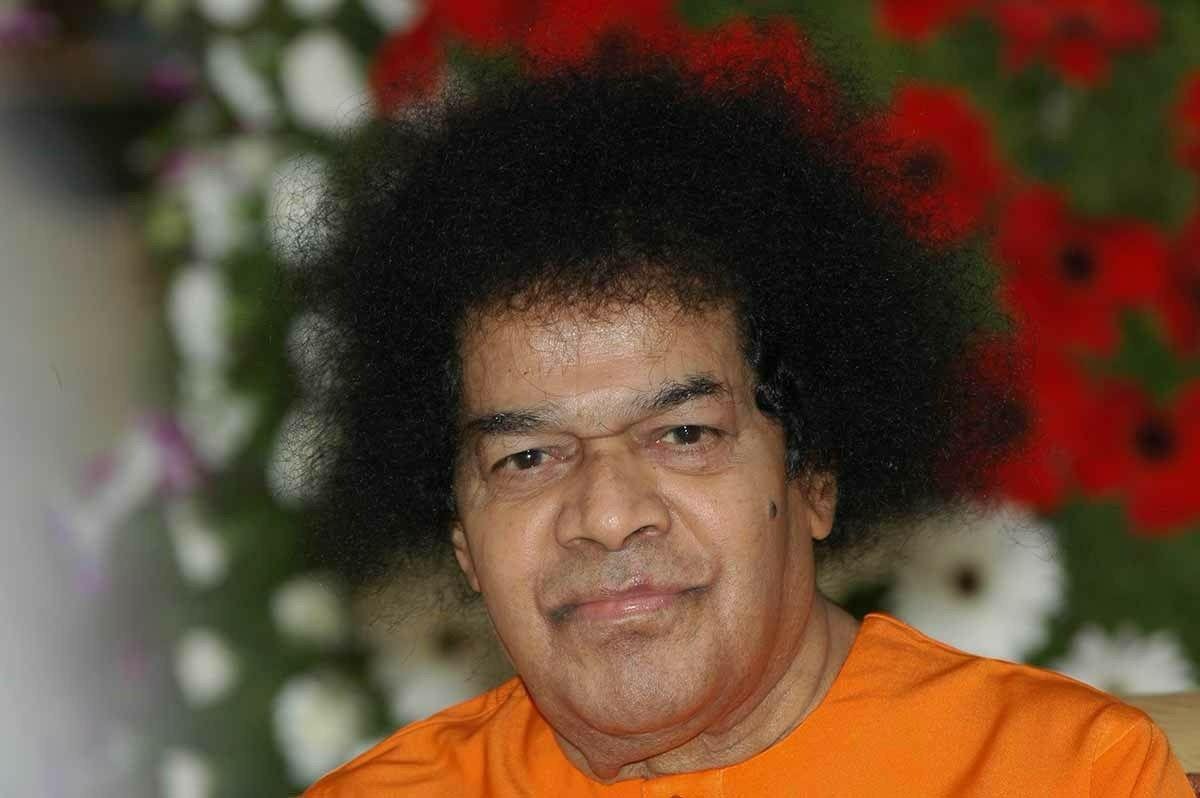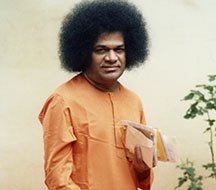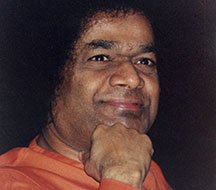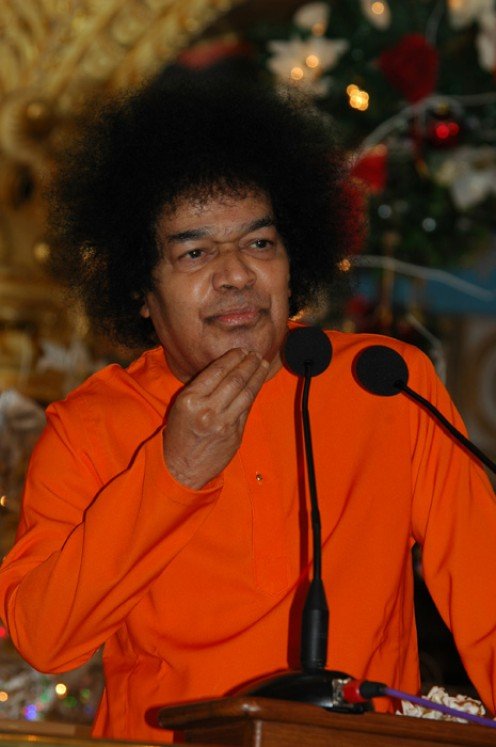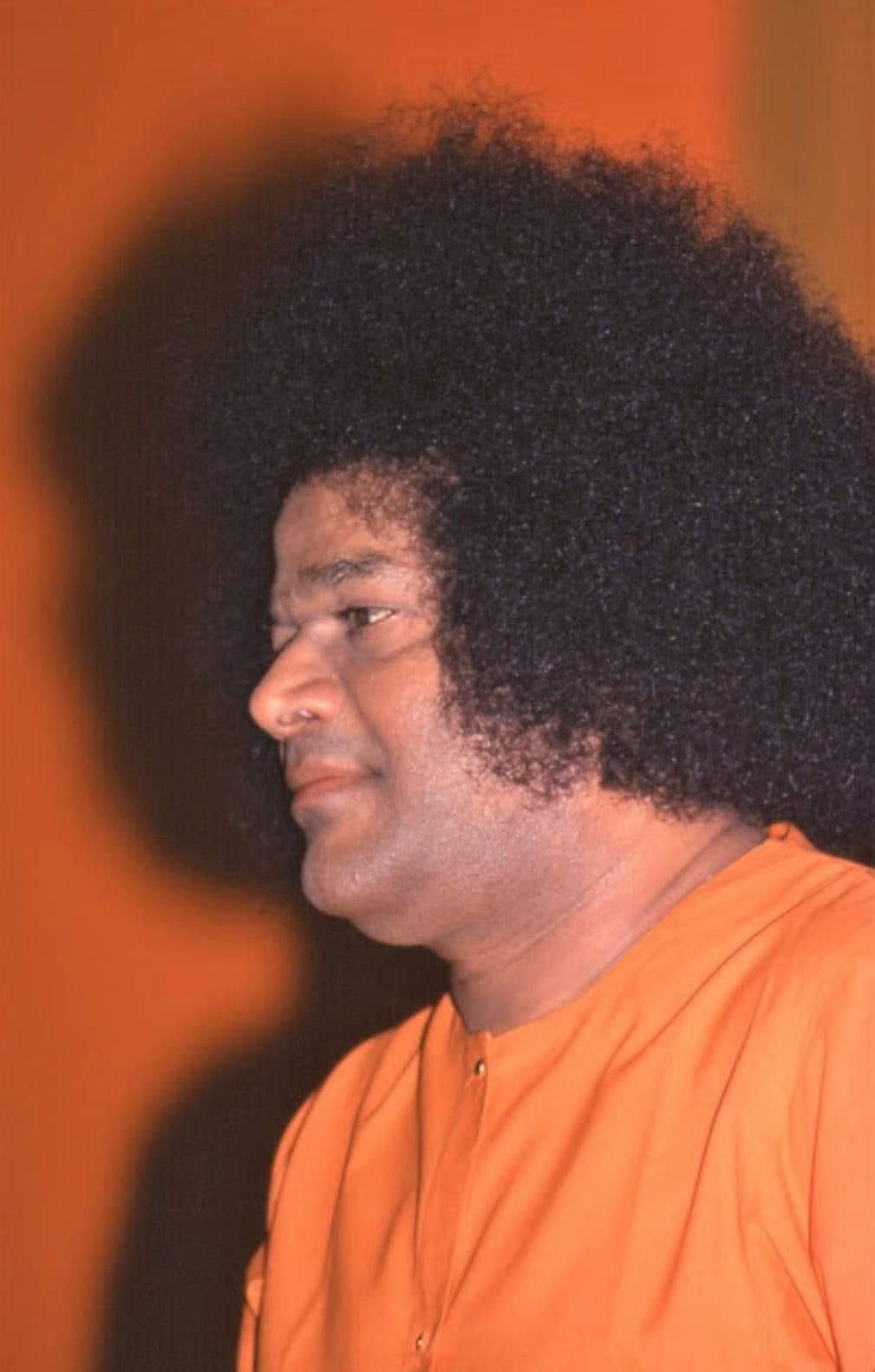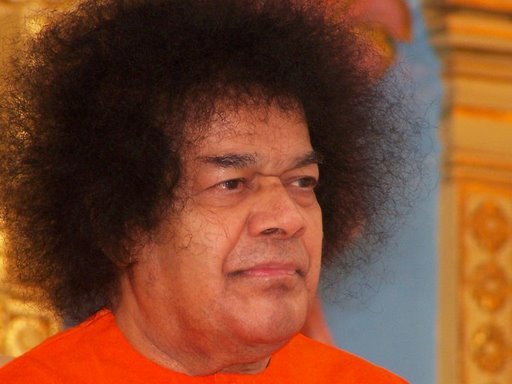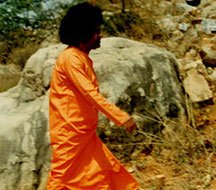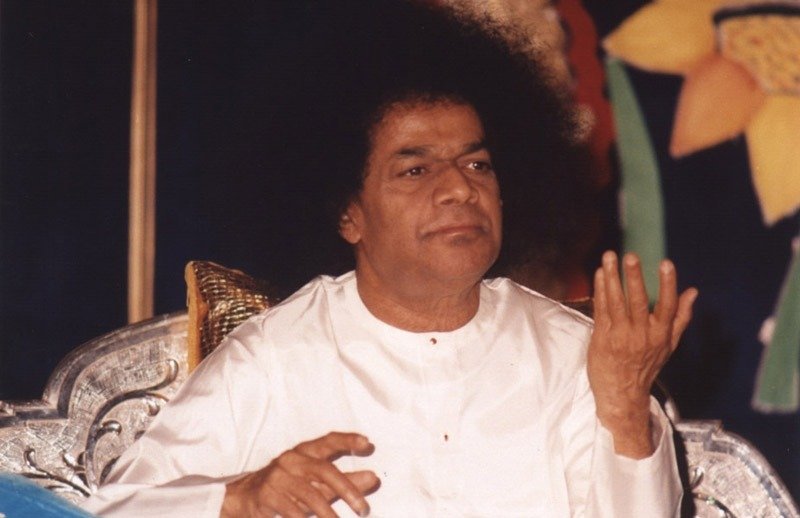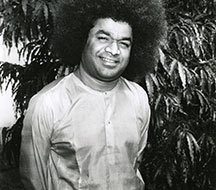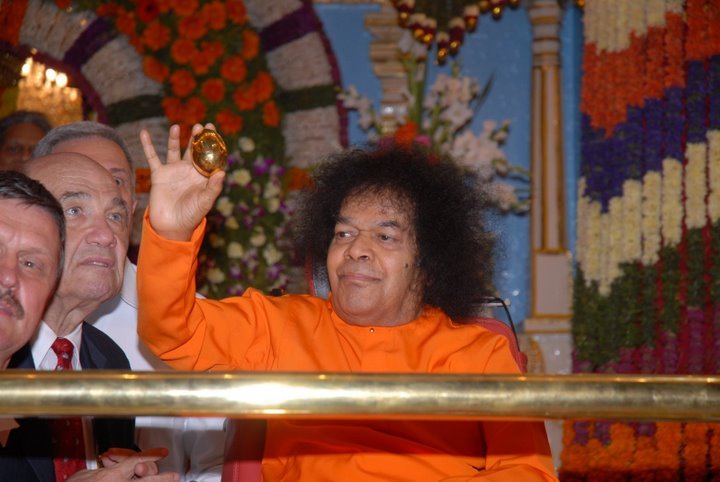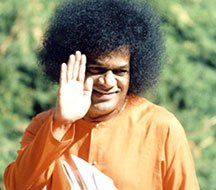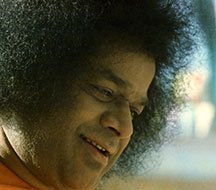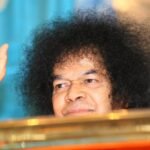Samaveda (सामवेद)

The Samaveda (सामवेद) is the third of the four Vedas and is often called the “Veda of melodies and chants.” While the Rigveda focuses on hymns of praise and the Yajurveda on rituals and procedures, the Samaveda transforms many of the Rigvedic verses into musical form, setting them to specific notes and patterns of chanting. It contains about 1,875 verses, of which the vast majority are borrowed directly from the Rigveda, but arranged in a way that emphasizes their musical and liturgical function. The purpose of the Samaveda was not only to recite but to sing the mantras during yajnas (sacrifices), especially the Soma sacrifice, making sound and rhythm a bridge between humans and the divine.
The Samaveda is divided into two main sections: the Archika (collection of verses) and the Gāna (melodic patterns or tunes). The priests known as Udgātṛs specialized in chanting these hymns with precise intonations, as the belief was that correctly performed chants carried immense spiritual power and could harmonize the cosmic order. The Samaveda is considered the root of Indian classical music and chanting traditions, as its system of notes and emphasis on melody laid the foundation for rāga and sāma singing styles that developed later in Indian culture.
Beyond its ritualistic role, the Samaveda reflects the Vedic understanding that sound (nāda) has creative and divine power. Chanting the sacred mantras was seen as a way to connect directly with the gods, purify the mind, and elevate consciousness. In this way, the Samaveda does not add much new philosophical content compared to the Rigveda, but its unique contribution lies in its musical spirituality, showing that devotion can be expressed not only through prayer and action but also through the beauty of sound.
The Samaveda (सामवेद) is the third of the four Vedas and is often called the “Veda of Chants” or “Veda of Melodies.” It is the foundation of Indian music, chanting traditions, and certain aspects of classical arts. While most of its verses are taken directly from the Rigveda, the Samaveda arranges them in a specific way to be sung rather than simply recited. Its primary purpose is to provide the musical intonation for the hymns used during Vedic sacrifices, particularly the Soma sacrifice, where priests would chant in rhythmic and melodic patterns to invoke divine presence and blessings.
The Samaveda is divided into two main parts: the Archika, which contains verses (mostly from the Rigveda) to be sung, and the Gāna, which gives the detailed instructions on how those verses should be chanted melodically. The chants were performed in three distinct tones—high, medium, and low—forming the earliest structure of Indian musical notes. Because of this, the Samaveda is regarded as the origin of Indian classical music and dance traditions.
Although the Samaveda is the shortest of all the Vedas, with about 1,875 verses, its importance is immense. It transforms the spoken word into sound vibrations that were believed to carry divine power, connecting the human soul with cosmic forces. The emphasis is not just on meaning but on sound, rhythm, and resonance, showing how spiritual practice in the Vedic age was deeply intertwined with music and chant.
Philosophically, the Samaveda highlights the role of devotion, meditation, and inner harmony. By merging music with spirituality, it teaches that the divine can be realized not only through ritual and knowledge but also through melody, vibration, and heartfelt devotion. Thus, the Samaveda is not only a manual for priests but also a spiritual bridge between ritual, art, and divine experience.

